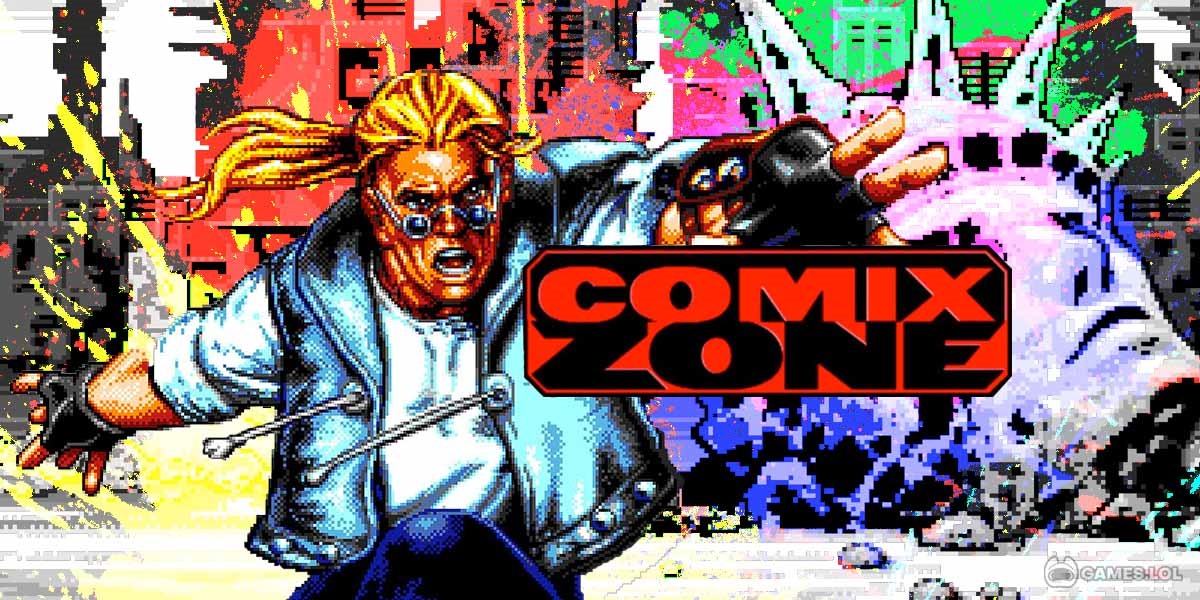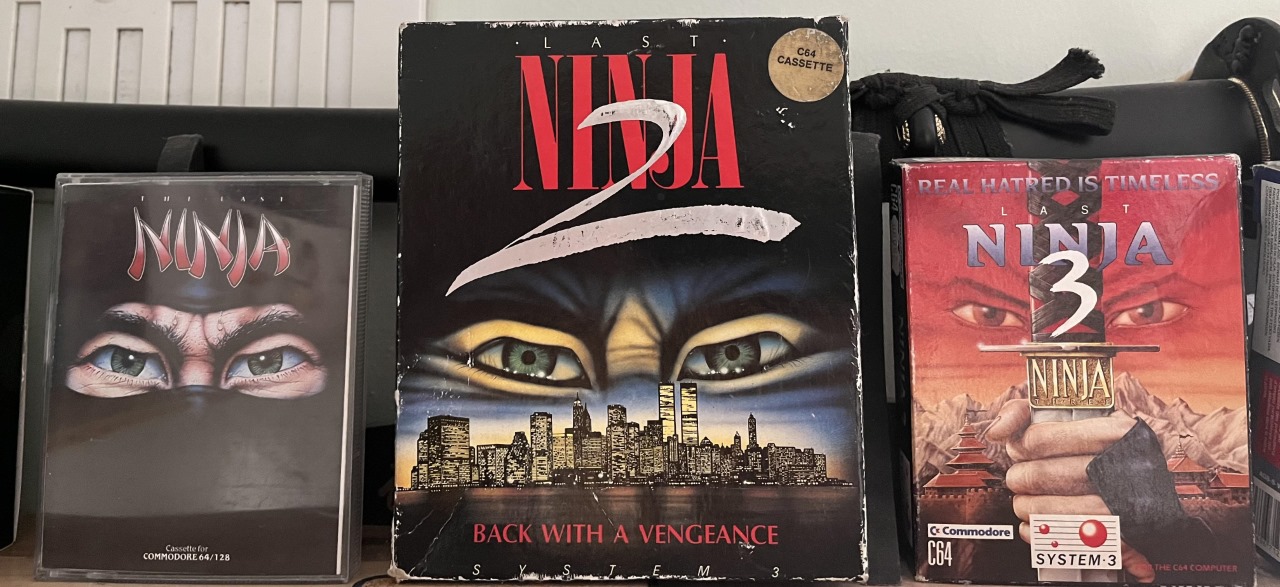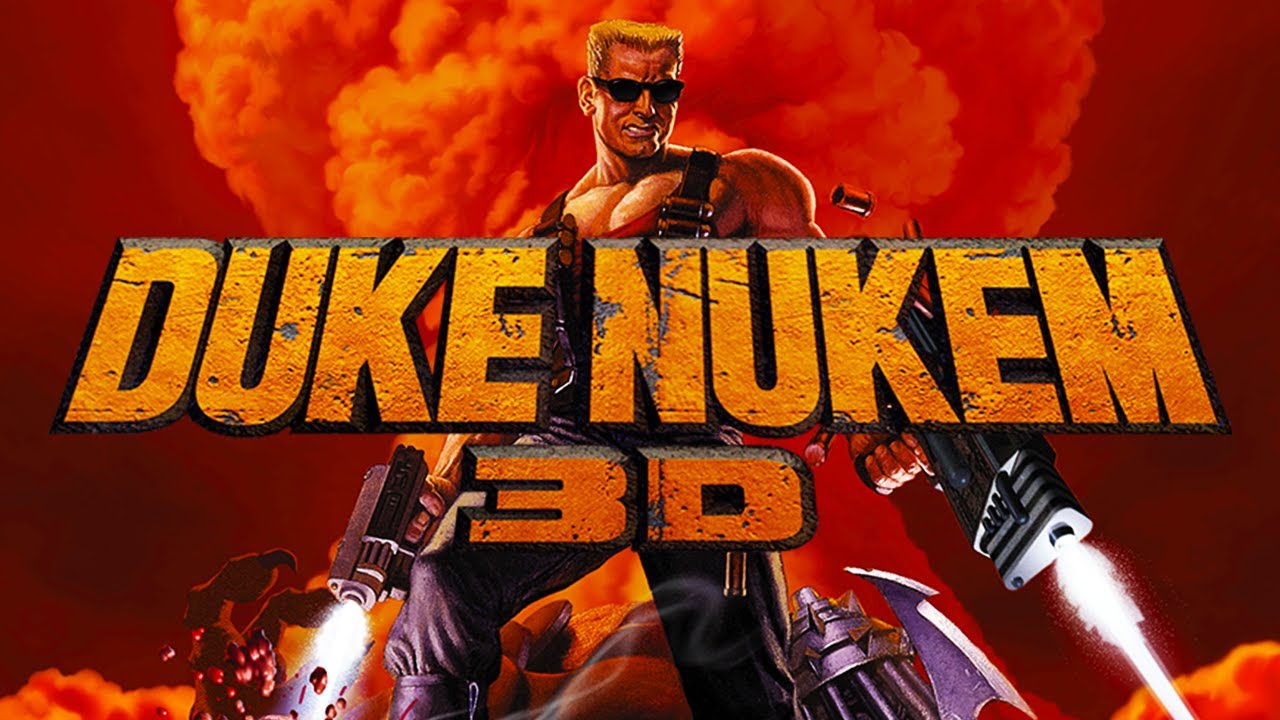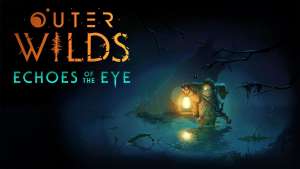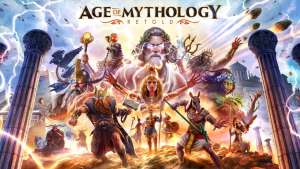In the mid-90s, when first-person shooters were evolving rapidly but often lacked personality, Duke Nukem 3D burst through the door with a cigar in one hand and a shotgun in the other. Released in 1996 by 3D Realms, this game didn’t just add another notch to the belt of classic shooters—it blew a hole in the wall and rewrote what people expected from the genre. It was chaotic, irreverent, brutally fun, and packed with charisma.
At a time when many FPS protagonists were voiceless avatars—mere weapons with legs—Duke Nukem brought swagger. He didn’t just shoot aliens. He taunted them. He dropped one-liners mid-battle, flexed in mirrors, and quoted action movies with a grin that bordered on parody. He wasn’t just part of the game—he was the game.
Beyond Duke’s personality, the game introduced elements that pushed the genre forward: interactive environments, multi-layered level design, alternate firing modes, and an arsenal that felt dangerous in all the right ways. It wasn’t just about shooting your way through a corridor. It was about blowing holes in walls, flushing toilets, watching strippers, and laughing maniacally while sending pig cops to hell.




